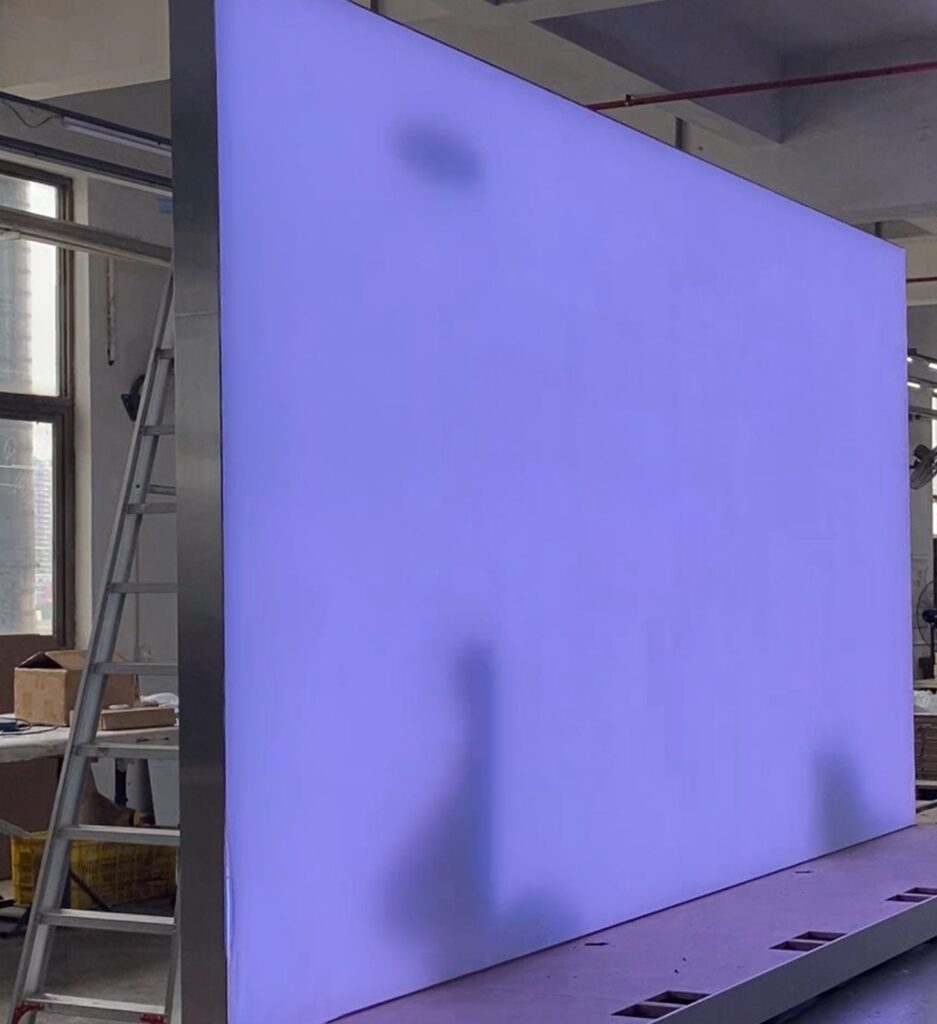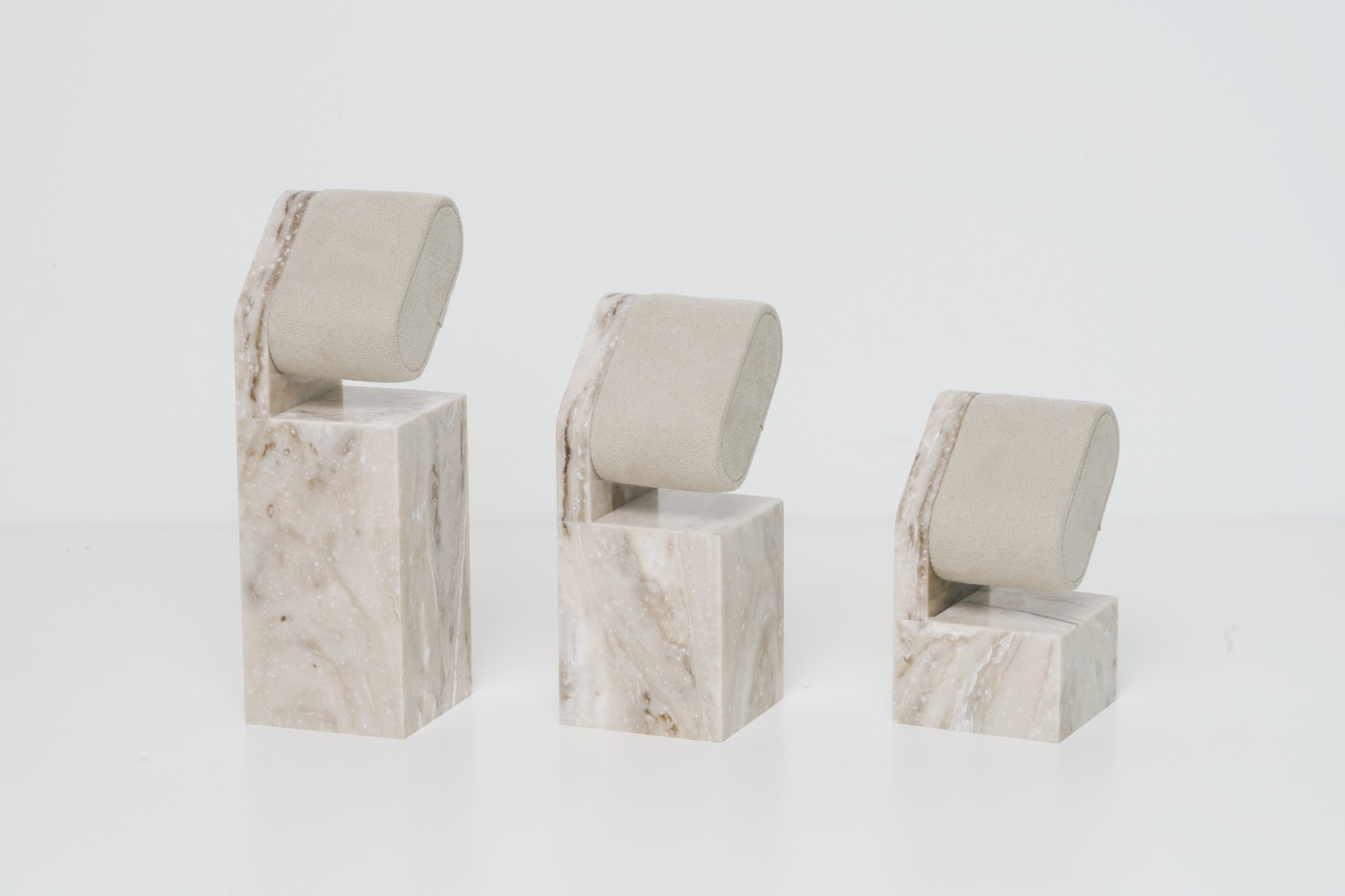Creating an Immersive and Engaging Experience with Light and Sound
By Yan Luo | Samtop Display
Synchronizing light with music in retail displays creates immersive shopping experiences that attract attention, set the mood, and reinforce branding.. The key to success lies in choosing the right lighting effects, selecting suitable music, and using appropriate technology for seamless synchronization.

At Samtop, we specialize in creating immersive retail displays that integrate lighting and sound to transform the shopping experience and leave a lasting impression on customers.
1. Why Synchronizing Light with Music Matters in Retail Displays
In today’s competitive retail environment, creating memorable shopping experiences is essential for customer retention and engagement. Retailers are increasingly looking for ways to stand out and offer something beyond the traditional visual merchandising. One of the most impactful ways to do this is by synchronizing light with music, which can enhance the atmosphere and create a more engaging experience.
2. Challenges of Light and Music Synchronization in Retail Spaces
While synchronizing light and music can significantly elevate the retail experience, it can be difficult to achieve the right balance. Too much lighting or the wrong music can lead to a chaotic, unappealing display that distracts customers rather than engaging them. Additionally, getting the technology to seamlessly synchronize both elements requires careful planning and the right expertise.
3. How to Synchronize Light with Music in Retail Displays
At Samtop, we help businesses create immersive and interactive retail environments by synchronizing lighting with music. By choosing the right lighting effects, selecting suitable music, and utilizing advanced synchronization technology, we can help you design a retail display that captivates customers and enhances their shopping experience.
📊 Key Considerations for Synchronizing Light and Music in Retail Displays
1.Choosing the Right Lighting Effects for Retail Displays
The lighting you choose plays a crucial role in how effectively it synchronizes with the music. Different lighting effects evoke specific emotions and amplify the energy of the music, transforming the retail environment into an engaging space.
Types of Lighting Effects:
- RGB LED Lights: RGB LEDs allow you to change colors, making them ideal for creating a dynamic atmosphere that matches the tempo and mood of the music.
- Pros: Highly customizable, energy-efficient, and capable of producing a wide range of colors.
- Cons: Requires control systems for more complex synchronization.
- Strobe Lights: Perfect for fast-paced music, strobe lights can create a high-energy atmosphere, making them suitable for events or product launches.
- Pros: Great for high-impact moments.
- Cons: Can be overwhelming if overused.
- Floodlights and Spotlights: Excellent for highlighting specific products or areas within a display, spotlights create dramatic effects when synced with music.
- Pros: Ideal for focusing on particular items.
- Cons: Less versatile compared to other lighting types.
Tip:
Use programmable RGB LEDs to synchronize with music tempo, ensuring smooth transitions between light and sound.
2. Selecting Music that Matches Your Brand and Audience
Music plays a vital role in setting the atmosphere and should complement the lighting effects to create a cohesive and immersive experience. The right music can transform the mood of your retail space.
Key Considerations for Music Selection:
- Tempo and Rhythm: Choose music that matches the lighting effects. Faster tempos work well with quick light transitions, while slower beats pair well with gentle lighting changes.
- Genre: Depending on your brand and target audience, select music that aligns with your brand’s identity. For example, upbeat pop music pairs well with fast-moving lights for a youthful fashion brand, while classical music suits luxury or beauty brands.
- Volume and Impact: Ensure the music volume complements the lighting intensity to avoid overwhelming the environment.
Tip:
Carefully calibrate the volume and tempo to match the lighting effects, ensuring a balanced and harmonious experience.
The Psychology of Music in Retail
3. Best Technology for Synchronizing Light with Music
Perfect synchronization between music and lighting requires the right technology. There are several methods available to achieve seamless integration between these elements.
Synchronization Technology Options:
- DMX Controllers: DMX is a widely used control system for synchronizing lights and sound, offering precise control over multiple lighting units and integrating with audio systems.
- Pros: Highly customizable and flexible.
- Cons: Requires expertise to set up and program.
- Music-to-Light Synchronization Software: Some software can automatically synchronize lighting effects with music in real-time by using beat detection algorithms.
- Pros: Easy to use, automatic synchronization.
- Cons: Limited customization compared to professional systems.
- Smart Lighting Systems: Modern smart lighting systems integrate with audio systems via Bluetooth or Wi-Fi for real-time control.
- Pros: Easy setup, wireless control.
- Cons: May lack advanced features of professional systems.
Tip:
For larger setups, DMX controllers are ideal for precise synchronization. For simpler environments, smart lighting systems or music-to-light software can suffice.


